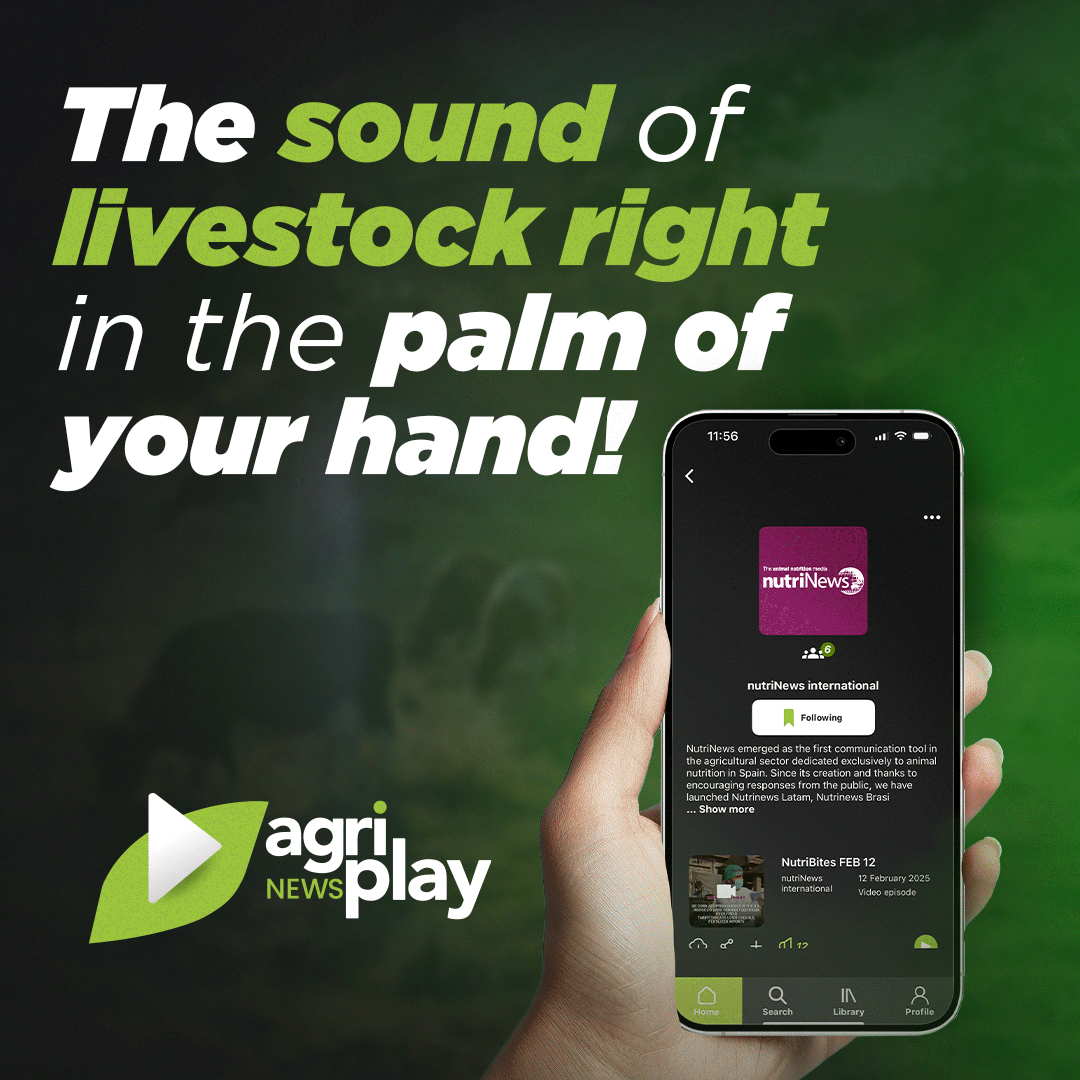This article reviews the utilisation of algae in animal nutrition, especially in ruminants. Algae can be a good alternative source of protein, vitamins, and minerals. The author gives a concise account on their composition an possible uses. Special attention is given to the utilisation of microalgae in animal feeding.
Why using algae to feed ruminants?
Algae belong to the EU non-exhaustive positive list of raw materials for animal feeding, and appears under different denominations:
Algae meals for algae, dried algae, algae meal, algae oil and algae extract.
Algae meal produced from microalgae.
Currently, algae are marginally used as raw materials due to their relatively high cost. However, they have been identified as important protein sources for the future. The animal nutrition sector needs to find alternative protein sources that can replace the traditional ones such as soybean; algae can be an option. Besides, new additives such as natural pigments, carotenoids and polyunsaturated fatty acids that can improve the quality of animal products are also needed.
The ban of the use of antibiotic growth promoters in January 1, 2016 forced the industry professionals to search for alternative natural solutions. Thanks to the prebiotic effects of algae oligosaccharides, algae can be part of the solution.
Algae have been traditionally used in human nutrition for hundreds of years, particularly in Southeast Asia. Also, they are used as protein supplements in animal feeds or as fertilizers.
They have been used for years to feed animals in poor and disadvantaged areas of coastal regions. During the First World War, on the Fench Atlantic coast, animals were given algae due to the scarcity of oats and forage. During a 20-year period (1960-1980), significant amounts of brown algae (Fucus and Sargassum genus) were added to animal diets.
The first studies on dietary supplementation of algae in animals intended for human consumption (swine, poultry and horses), showed that algae have good acceptability, digestibility and assimilation. Other studies demonstrated the beneficial effects of the algae, when added to the feed at levels of 5% to 10%.
Nutritional applications of algae in ruminants and other species
Macrocystis pyrifera
Macrocystis pyrifera is a species of brown algae that is used to form complexes with trace elements. Mixtures of sulfates with trace minerals such as copper, zinc, iron and manganese are dehydrated, pass through rollers, to obtain a ...














